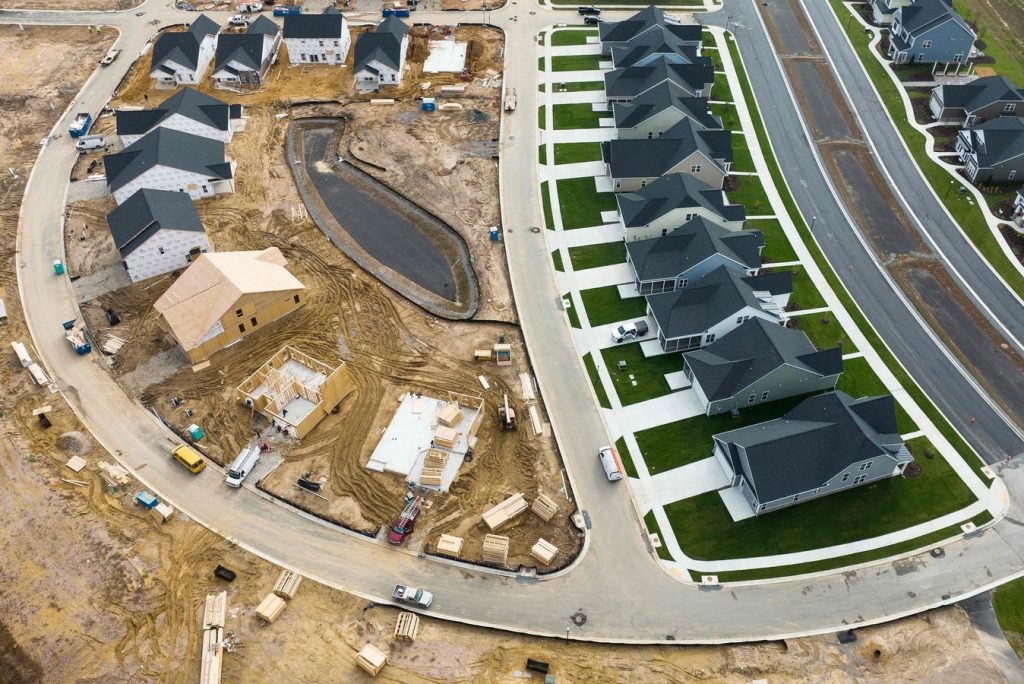In October 2024, new home sales in the United States dropped significantly, reaching an annualized rate of 610,000, the lowest level since November 2022. According to the Monthly New Residential Sales report from the U.S. Census Bureau and the Department of Housing and Urban Development, this 17.3 percent decline from the revised September rate of 738,000 highlights the growing challenges in the housing market. Moreover, the current figures indicate a 9.4 percent decrease compared to the same month in the previous year, suggesting a broader trend of declining sales in the face of escalating prices and interest rates.
The significant drop in new home sales can largely be attributed to soaring mortgage rates and persistently high home prices, which have been deterring potential buyers. While mortgage rates had been declining throughout September, they began to rise again in October, which further hampered sales. The average rate for a 30-year fixed mortgage had increased, and this upward trend continued into November, keeping pressure on new home sales. Prospective buyers are hesitating to make purchases due to these high borrowing costs, contributing to the already slow sales momentum.
In stark contrast to the declining sales, new home prices reached unprecedented levels in October 2024, indicating a perplexing dynamic in the market. The median sales price for new houses skyrocketed to a record high of $437,300, up from $426,800 in September, while the average price also increased significantly to $545,800 from $509,900. This surge in prices occurred despite an increase in the inventory of new homes for sale, which rose to 481,000 units, translating to a supply of 9.5 months at the current sales rate—the highest inventory ratio in two years. This situation underscores the disconnection between supply and demand as high prices continue to persist even amid declining sales.
Looking forward, analysts project a potential easing of mortgage rates in 2025 as the Federal Reserve is expected to implement interest rate cuts. The Federal Open Market Committee’s projections from September 2024 indicate a likelihood of these cuts, which historically lead to lower mortgage rates. However, while Fed rate reductions may lower borrowing costs, long-term Treasury yields remain elevated, which could slow the pace at which mortgage rates decline. The interplay between these financial indicators will be crucial in determining the health of new home sales in the coming years.
Despite high mortgage rates, there are positive signs for the housing market. A robust U.S. labor market is sustaining demand for housing, as job creation remains strong and construction job vacancies are elevated, leading to increased costs associated with housing construction. This resilience in the labor market could continue to buffer demand for new homes, even if mortgage rates remain high. Should interest rates decline significantly in the near future, the impact on the housing market could be pronounced, potentially leading to a surge in demand and price increases.
In conclusion, the October 2024 new home sales report reveals a challenging landscape for the housing market, characterized by declining sales juxtaposed with record high prices. While the outlook for interest rates suggests potential relief for buyers in the coming years, the current dynamics present a complex scenario for prospective homeowners. Ongoing developments in mortgage rates, the jobs market, and overall economic factors will play pivotal roles in shaping the future of housing in the United States. Continued monitoring and analysis of these trends will be essential for understanding the evolving market conditions.










